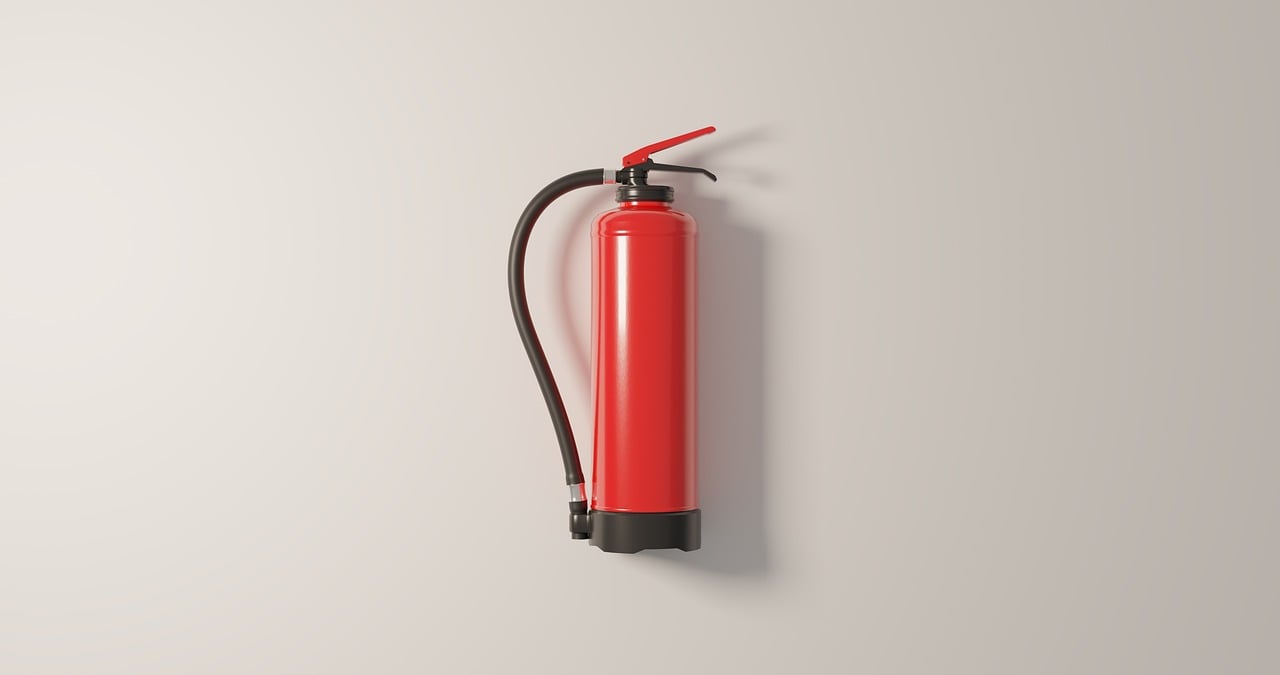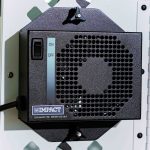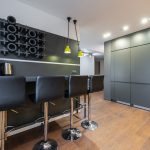Fire safety is a critical element in any commercial building, but it is particularly crucial in restaurants. With open flames, high heat, and flammable grease and oils, the kitchen of a restaurant is like a ticking time bomb. Every year, thousands of fires break out in commercial kitchens, causing innumerable injuries, damages and even fatalities.
As restaurant owners, you must ensure the safety of your staff, your customers, and your property. A robust fire safety plan not only provides protection against potential fires but also ensures a quick and efficient evacuation in case a fire does break out. Your fire safety plan is your primary tool for preventing fires and protecting your employees and customers. This article will discuss the critical elements of a fire safety plan for a restaurant.
Also to read : What innovations in coffee brewing can cafes adopt to attract more customers?
Comprehensive fire protection system
The first line of defense against fire in any establishment is a comprehensive fire protection system. The system should include fire detection equipment, alarm systems, and fire suppression systems. Early detection of fires is crucial in preventing them from spreading and causing more significant damage.
Fire detection systems, such as smoke detectors and heat sensors, can provide early warnings, giving you the chance to extinguish the fire or evacuate the building before it gets out of control. Alarm systems ensure that everyone in the restaurant is aware of the danger and can respond appropriately.
This might interest you : How can vertical gardens enhance the aesthetic and air quality of a restaurant interior?
Fire suppression systems like commercial kitchen fire suppression systems are designed to extinguish fires quickly and efficiently. These systems work by releasing a fire-extinguishing agent that suppresses the fire and cools the surrounding area, preventing re-ignition.
In addition, make sure that the kitchen hood is cleaned regularly to prevent grease buildup, which can fuel a fire. If a fire does occur, a clean hood will also help the fire suppression system to work more effectively.
Adequate fire-fighting equipment
Having the right fire-fighting equipment can make the difference between a minor incident and a major disaster. Your restaurant must have fire extinguishers strategically placed throughout the premises, especially in the kitchen where the risk of fire is highest.
Fire blankets can be used to extinguish small fires, particularly in the kitchen. They can also be used to wrap around a person who is on fire, cutting off the oxygen supply to the fire and preventing it from spreading.
Ensure that your staff is trained in using this equipment. They should know where the equipment is located, how to use it properly, and when to use it. Prompt and effective use of fire-fighting equipment can prevent a small fire from becoming a disaster.
Regular fire safety training for employees
Your staff is your most important asset when it comes to fire safety. They are the ones who will detect a fire, use the fire-fighting equipment, and lead the evacuation. Therefore, it’s essential that they are well trained in fire safety procedures.
Regular fire safety training sessions will ensure that your employees know what to do in case of a fire. They should know how to identify potential fire hazards and how to respond effectively to a fire. This includes knowing how to use the fire-fighting equipment, how to raise the alarm, and how to evacuate the building safely.
Training should also include specific procedures for dealing with kitchen fires, such as grease fires, which can be particularly dangerous and require special handling. Regular drills can help to reinforce this training and ensure that your staff is prepared for a real emergency.
Well-designed evacuation plan
A well-designed evacuation plan is a key component of your restaurant’s fire safety plan. This plan should include clear evacuation routes, assembly points, and procedures for ensuring everyone has left the building.
Evacuation routes should be clearly marked and kept free of obstructions at all times. Consider the needs of all potential occupants, including customers, staff, and visitors with disabilities.
Assembly points should be located a safe distance from the building, away from potential hazards such as falling debris or exploding windows.
The evacuation plan should be communicated to all staff members and regular drills should be conducted to ensure everyone knows what to do in case of an emergency.
Regular inspection and maintenance
Regular inspection and maintenance of your fire safety equipment and systems is vital. This includes checking fire extinguishers, alarm systems, and fire suppression systems to ensure they are working properly.
You should also regularly inspect your premises for potential fire hazards. This could include looking for accumulated grease in the kitchen, faulty electrical equipment, or blocked evacuation routes.
By identifying and addressing these issues promptly, you can drastically reduce the risk of a fire breaking out.
Remember, the key to effective fire safety is prevention. With a comprehensive fire safety plan in place, you can protect your staff, customers, and property from the devastating effects of a fire. Regularly reviewing and updating your plan will ensure that it remains effective and appropriate for your restaurant.
Fire Classification and Suitable Fire Extinguishers
Understanding the different class fires that may occur in a restaurant is pivotal to the success of your safety plan. Different types of fires require specific fire extinguishers to suppress them effectively.
Class A fires involve ordinary combustible materials, such as wood or paper. Class B fires involve flammable liquids, like oils or grease, which are common in a restaurant setting. Class C fires are related to electrical equipment, whereas Class K fires are specific to cooking oils and fats in commercial cooking sites.
Consequently, your restaurant should have Class B and Class K fire extinguishers readily available. A Class C extinguisher is also recommended, given the abundance of electrical appliances in the restaurant. Regular checks should be conducted to ensure all extinguishers are in the correct place, in good working order, and that the staff knows how to operate them.
Incorporation of Fire Sprinkler Systems
In addition to fire extinguishers, incorporating fire sprinkler systems into your restaurant’s fire safety plan can significantly increase the safety of your establishment.
Sprinkler systems can control a fire until the fire department arrives, limiting the amount of damage caused. They are activated by the heat from a fire and will discharge water only in the areas affected by the fire, leaving other areas dry and undamaged. It’s important to have these sprinkler systems regularly inspected and maintained to ensure they function correctly when needed.
Furthermore, the system should be designed and installed by a professional to meet the specific needs of your restaurant. Factors such as the restaurant’s size, layout, and the type of cooking equipment used should be considered.
Conclusion
The importance of a comprehensive fire safety plan in a restaurant cannot be overstated. A robust plan, combined with the correct fire-fighting equipment, training, and maintenance can drastically reduce the risk of a devastating fire.
Your plan should include a well-designed evacuation plan, regular fire safety training for employees, a comprehensive fire protection system, and suitable fire extinguishers for different class fires. In addition, the incorporation of a fire sprinkler system can provide an extra layer of protection.
Remember, the key to effective fire safety is not just having the right equipment and systems in place, but ensuring they are maintained and that everyone in the restaurant knows how to use them. Regular reviews and updates of your safety plan, alongside continual staff training, will ensure your restaurant is prepared for any fire-related incident. Your top priority should always be the safety of your employees and customers.






